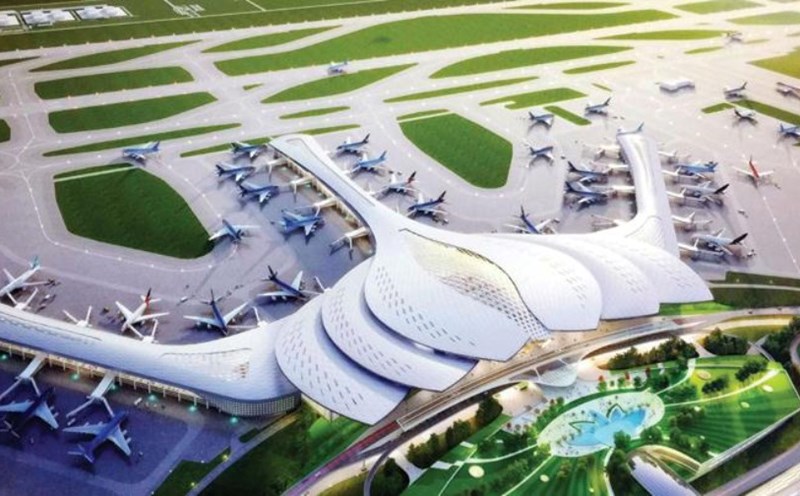Over the years, housing prices in large cities have continuously increased, while the supply of affordable and mid-range apartments has gradually disappeared, the market has leaned strongly towards the high-end segment. The rapid increase in housing prices has caused the middle-income group, which accounts for the majority of society, to have almost no chance to access housing.
According to a survey, in Hanoi, most of the projects are being offered for sale at over 70 million VND/m2. VARS IRE data shows that by the end of the second quarter of 2025, apartment prices have increased by 87.7% compared to 2019, reaching an average of 75.5 million VND/m2 - much higher than the increase in people's income.
At the meeting of the Central Steering Committee on housing policies and real estate market on September 22, Prime Minister Pham Minh Chinh requested relevant agencies to clarify the reasons for the high housing prices and rectify the situation of hoarding and price inflation if any. The Prime Minister also emphasized the task of developing social housing for low- and middle-income people to balance product structure and ensure social security.
Regarding factors affecting housing prices and housing supply, Ms. Do Thu Hang, Senior Director, Research & Consulting Services, Savills Hanoi, commented that important laws on land, housing, and real estate business have been issued and come into effect since August 2024. However, to apply synchronously and effectively in practice, it will still take time for the issuance of full guiding documents and specific implementation.
Currently, many projects are entering the stage of completing legal procedures, approving designs, fulfilling financial obligations... These steps require time to ensure transparency and compliance with procedures. Although the progress has been accelerated, it still needs a period of delay for supply to truly enter the market.
Ms. Hang predicts that in the last 6 months of 2025, about 11,500 apartments will be offered for sale in Hanoi, mainly concentrated in the A and B class segments. Product diversification is still limited.
"From 2026 onwards, when pilot projects complete legal procedures, new supply will increase sharply. For projects with strategic locations, belonging to Ring Road 2 - Ring Road 3, developed by reputable investors, prices are likely to remain stable or increase slightly thanks to scarcity and real demand. In general, instead of a wave of price reduction, the market will witness a clear differentiation by area and project quality, said Ms. Hang.
Regarding solutions to both improve housing supply and bring housing prices to a level suitable for people's affordability, Ms. Hang said that, overall, Hanoi is synchronously implementing many solutions: institutional reform, infrastructure development, piloting housing projects. Notably, many projects are being considered for implementation in areas outside the 3 - 3.5 belt. When the procedures are completed and the product is launched on the market, there will be a positive impact on the price level.
However, an important factor is land use costs. This factor currently accounts for a large proportion of the total cost. If this cost is calculated reasonably, ensuring the harmony of interests between the State and businesses, housing prices can decrease to a level more suitable for people's ability to pay. At the same time, preferential mechanisms on taxes, credit or land for the affordable housing segment are also very necessary to promote the development of this product line.








